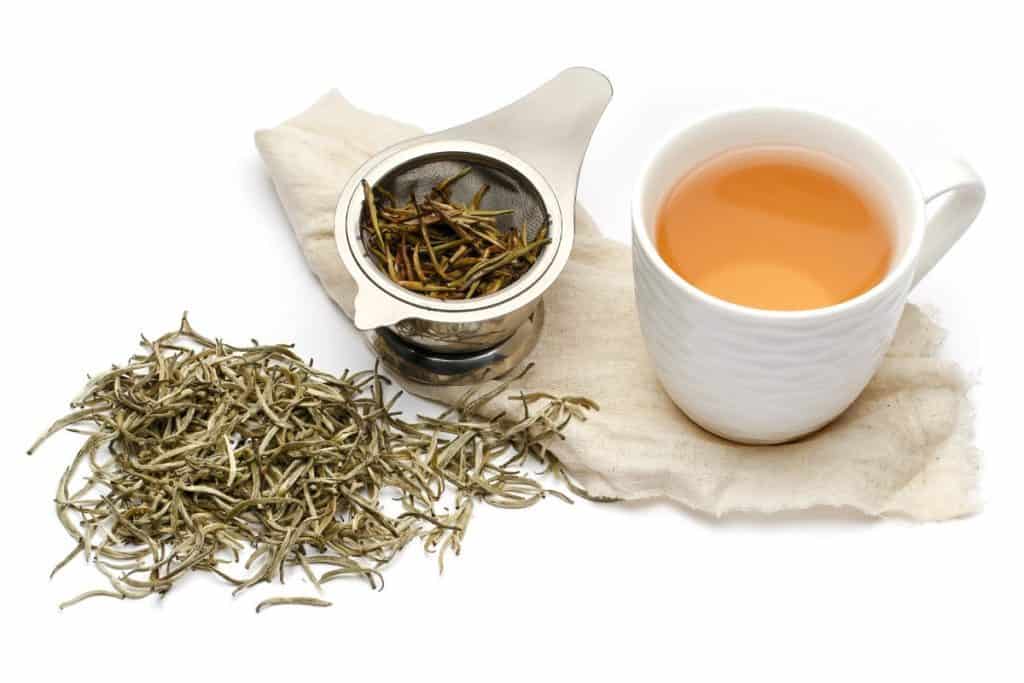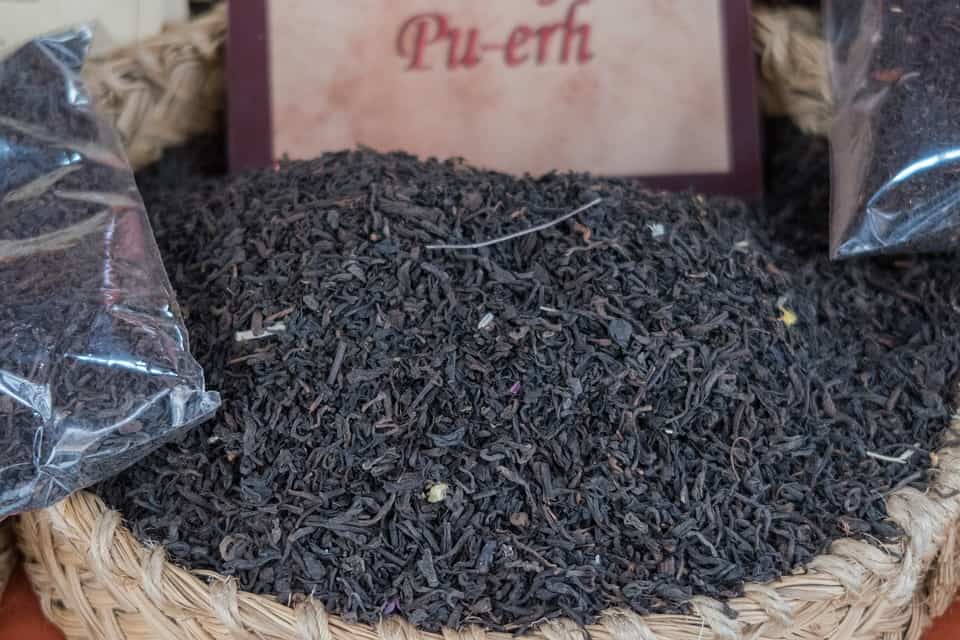There’s no debate that tea is beneficial for your health. But when it comes to its types, there are a lot of teas to choose from. Each has its benefits and flavor.
Therefore, the comparison will be inevitable, such as the issue of white tea vs green tea. Which one has better benefits for your health, and which one is less risky?
To find out, you need to understand the nature of both white tea and green tea firsthand.
1. The origin of white tea and green tea

Both white tea and green tea come from the same type of plant, known as Carmellia sinensis. However, green tea is mostly found in Japan and China, while white tea is almost always found in China’s Fujian province.
Because of the difference in their ground and overall weather, each tea yields different flavor, color, and effects.
Additionally, they also have different harvesting times. Green tea is harvested three to four times annually, while the white tea is harvested during springtime’s first week or two.
Consequently, white tea is rarer than green tea, thus more expensive and exclusive with almost triple the price of green tea.
2. White tea vs green tea flavor profile comparison

Between white tea vs green tea, the latter seems to be a more popular option among tea enthusiasts and/or casual tea drinkers.
Cold green tea, known as “Matcha latte,” has sweet and bold grass-like flavors, sometimes added with artificial sweetener and milk. As for the hot green tea, it’s mostly served hot and bitter with no additional flavorings.
On the other hand, white tea is mostly served hot with light and subtly sweet flavors by itself. Tea enthusiasts tend to add more flavor profile to it by infusing mint leaves, cinnamon, lemon, and/or honey.
3. Processing differences between white tea and green tea

When it comes to processing, there are several differences between white tea and green tea. For a start, white tea is harvested from Carmellia sinensis’s unopened, immature buds and leaves.
After that, they’re fired or steamed to nullify the tea’s oxidation process, then preserved by drying the leaves and buds.
Meanwhile, green tea is harvested from slightly older leaves of Carmellia sinensis plant that’s mostly covered in shed.
That way, amino acid and chlorophyll concentrations within the leaves are preserved, giving the tea a strong grass-like flavor. Then, the leaves are fired or steamed to prevent oxidation, similar to white tea.
4. Content differences between white tea and green tea

Due to all of those differences, white tea vs green tea’s antioxidant and caffeine contents are also comparable.
White tea is harvested early with the minimal process, therefore containing slightly more catechins (antioxidant properties) than green tea.
Additionally, a cup of white tea contains about 15 mg of caffeine, slightly smaller compared to green tea.
On the contrary, green tea contains lesser antioxidants because of the slightly older leaves. Also, a cup of green tea contains more caffeine than white tea, at about 20 mg.
However, it’s also interesting to note that the antioxidant types between white tea vs green tea are virtually identical. What makes them different between those two teas is only the amount.
And on a side note, white tea contains fluoride substance not available in green tea, which is beneficial for your gum health.
5. Benefit differences between white tea and green tea

This is the cream of the crop, the part where the issue of white tea vs green tea reaches its peak. Here, you can find several key benefits of both white tea and green tea to help solve the issue.
a. White tea
- Prevents colon and lung cancer
As far as research goes, white tea has been proven scientifically that the antioxidants build RNA to kill lung and colon cancer cells.
Thanks to that, white tea may also be effective to kill other mutated cells and prevent other types of cancer.
- Reduces inflammation
Based on research in the MSSE Journal, white tea helps relieve minor injuries such as muscle damage quicker, and fasten its recovery.
Additionally, it also improves blood circulation and makes a great headache reliever.
- Nourishes hair health
Epigallocatechin gallate is a unique antioxidant in white tea that nourishes hair skin to promote hair growth and avoid hair loss. It can also keep your hair shiny and silky if you use it as a shampoo.
- Promotes healthy and youthful skin
Kensington University in London researched white tea’s effects on skin and showed that it could improve skin health. The antioxidants protect your skin cells against inflammation, dandruff, and acne.
To reap the benefits, you can drink it like usual, wash your face with it, or apply a steamed tea bag to the damaged skin.
b. Green tea
- Promotes weight loss
Except for matcha latte, green tea helps your weight-loss program. Thermogenesis occurs as you consume its substances, accelerating the burning process of your fat.
- Regulates cholesterol levels
Antioxidants within green tea can improve your blood’s antioxidant capacity. If said blood flows around your body, it prevents oxidation on the LDL cholesterol particles, reducing the risk of cardiovascular diseases.
- Prevents bladder, stomach, prostate, and breast cancer
Multiple studies concluded that green tea’s antioxidants are effective to prevent several types of cancers like prostate, colorectal, and breast cancer.
But beware, this benefit can be nullified if you add milk to the green tea, which reduces the antioxidants’ value.
- Strengthens dental health
Antioxidants within green tea can eliminate viruses and bacteria within your mouth, strengthening it against dental illnesses.
Additionally, green tea can reduce the risk of bad breath and give your mouth a soothing grass-like tea aroma.
6. Conclusion
At the end of the day, despite all the differences between white tea and green tea, they are similarly beneficial. It’s up to you to decide which one’s best for your current state, lifestyle, and taste.
But if you want to reap more benefits from drinking tea, then why not drink them both? That way, you won’t need to overthink all those white tea vs green tea issues and carry on with your healthy lifestyle.
Of course, you’ll need to consult a doctor beforehand to see whether you’re allergic to one or both of them, or not. Also, keep the consumption rate in check to avoid several complications like caffeine overdosage.
Read Now :



